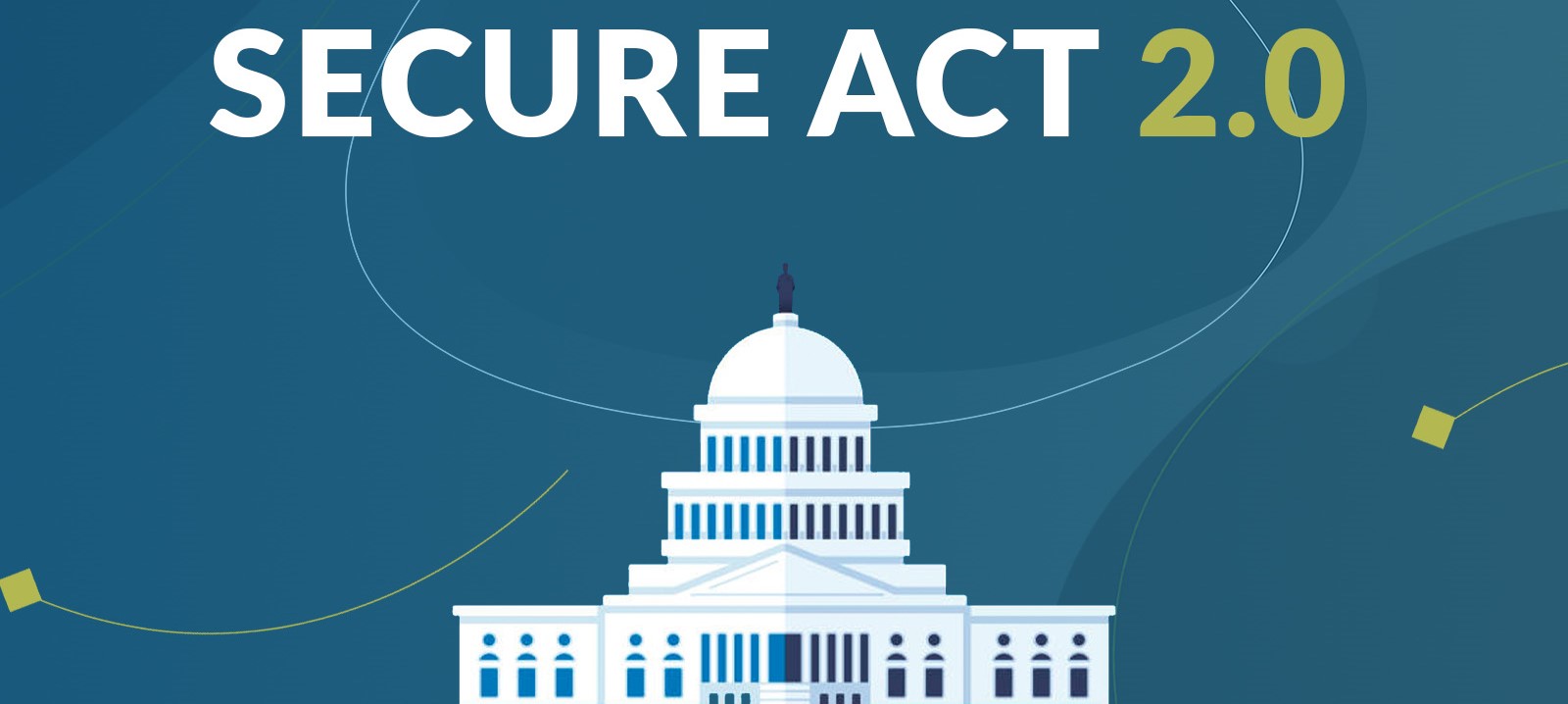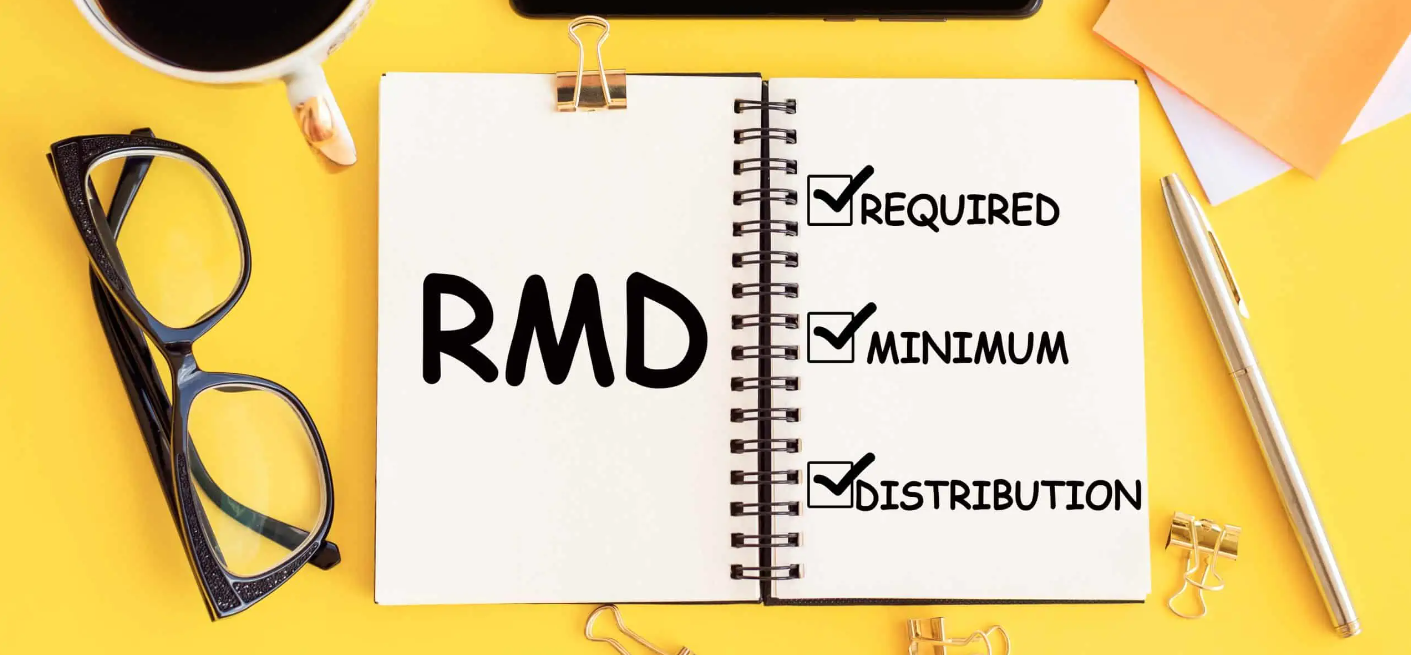When we discussed the three beneficiary categories created by the SECURE Act, at our conference for our Elite IRA Advisor Group members, the response was not, “Oh, this again?” Instead, our advisory group, dedicated and committed to helping their clients and prospects, leaned in. As a team, we all appreciate the importance of identifying the proper IRA beneficiary category, understanding the rules applicable to each class, and implementing the correct inherited IRA payout structure. Repetition, repetition, repetition.
Here at the Slott Report, we have written numerous articles referring to “eligible designated beneficiaries” (EDBs), “non-eligible designated beneficiaries” (NEDBs), and “non-designated beneficiaries” (NDBs). Such conversations can go on indefinitely as different circumstances create an unending number of possible scenarios. However, as a basic refresher, the three SECURE Act IRA beneficiary categories (and their applicable payout rules), are as follows:
-
Non-Designated Beneficiary (NDB).
These are not people (for example, an estate or a charity). If the IRA owner dies before the required beginning date (“RBD” – April 1 after the year of the 73rd birthday), the inherited IRA account must be withdrawn by the end of the 5th year after death – the 5-year rule. If the owner dies on or after the RBD, required minimum distributions (RMDs) must be taken over the deceased IRA owner’s remaining single life expectancy – what we call the “ghost rule.”
-
Non-Eligible Designated Beneficiary (NEDB)
This group includes all living people who do not qualify as EDBs (defined below). NEDBs receive the 10-year payout rule. The NEDB 10-year payout structure is predicated on when the IRA owner died in relation to the RBD. If death is before the RBD, there are no annual RMDs during the 10-year window. If death comes on or after the RBD, annual RMDs apply within the 10 years.
-
Eligible Designated Beneficiary (EDB)
These living people can still choose to stretch RMD payments from the inherited IRA over their own single life expectancy. This group includes surviving spouses; minor children of the account owner until age 21; disabled individuals; chronically ill individuals; and those not more than 10 years younger than the IRA owner.
This brief overview of the beneficiary groups created by the SECURE Act could easily be expanded into a full day of training. Real-life permutations and different scenarios require an absolute mastery of these rules to ensure a proper outcome. (This article does not even mention successor beneficiaries or the additional benefits afforded to spouses.) Bottom line: There is no substitute for a dedicated advisor who knows these categories cold.
By Andy Ives, CFP®, AIF®
IRA Analyst
Copyright © 2023, Ed Slott and Company, LLC Reprinted from The Slott Report, 2022, with permission. Ed Slott and Company, LLC takes no responsibility for the current accuracy of this article. Content posted in Ed Slott’s IRA Corner was developed and produced by Ed Slott & Co. to provide information on a topic that may be of interest. Ed Slott and Ed Slott & Co. are not affiliated with Ethos Capital Management, Inc. The opinions expressed and material provided are for general information and should not be considered a solicitation for the purchase or sale of any security. The tax information provided is general in nature and should not be construed as legal or tax advice. Information is derived from sources deemed to be reliable. Always consult an attorney or tax professional regarding your specific legal or tax situation. Tax rules and regulations are subject to change at any time. Ethos Capital Management, Inc. is a registered investment adviser. The firm only conducts business in states where it is properly registered or is excluded from registration requirements. Registration is not an endorsement of the firm by securities regulators and does not mean the adviser has achieved a specific level of skill or ability.











